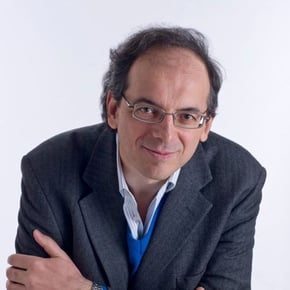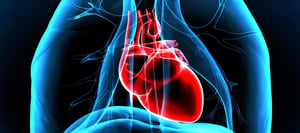A group of researchers from Calgary University (Canada), consisting of cardiologists, cardiac surgeons, biologists and physicists have published a study in the scientific journal Immunity that could have major repercussions on post-heart attack therapies. After three years of investigations, the researchers have in fact managed to isolate and describe a new class of immune system components, i.e. Gata6+ macrophages (as they have been named), found in the fluid between the heart and its protective membrane, the pericardium. These “new” macrophages, capable of producing abundant amounts of the protein of the same name, Gata6 (also found in other types of “reparative” cells), appeared to play a particularly active role in cardiac damage and trauma, encouraging the regeneration of damaged tissue. On the other hand, they seemed less able to fight infection (the preponderant role played by other types of macrophages).
The researchers discovered that in lab animals that had had a heart attack the Gata6+ macrophages migrated and headed towards the damaged area, where they immediately started to actively promote the repair of the affected tissue. The counter evidence, for the researchers, was given by observing what happened when the heart was deprived of the pericardium and its surrounding fluid: the Gata6+ macrophages no longer appeared, and much more widespread, rigid scarring and fibrotic areas were produced, instead of muscle cells. Up to now studies have only been carried out on animals, but Gata6+ macrophages have also been found in the human heart.
As the researchers explain in Immunity, it has been known for some time that pericardial fluid has very particular characteristics, and that it contains many different cells and substances. However, what it did exactly had never been fully understood. Thanks to advanced technological instruments, and the funding of various charities, the scientists in Calgary were finally able to identify these particular macrophages, which specialize in cell regeneration. When their characteristics are better known, it will also be understood if, and how, this ability can be exploited for therapeutic purposes (also by working alongside, or replacing, stem cells, which for many years have been studied to help patients post-heart attack, but with largely unsatisfactory results up till now). In the meantime, the Canadian researchers say that – in the light of these new studies – it is important to fully investigate the effects of an extremely common practice: the removal of the pericardium during heart surgery, which today is considered normal, but perhaps ought be avoided when possible.

